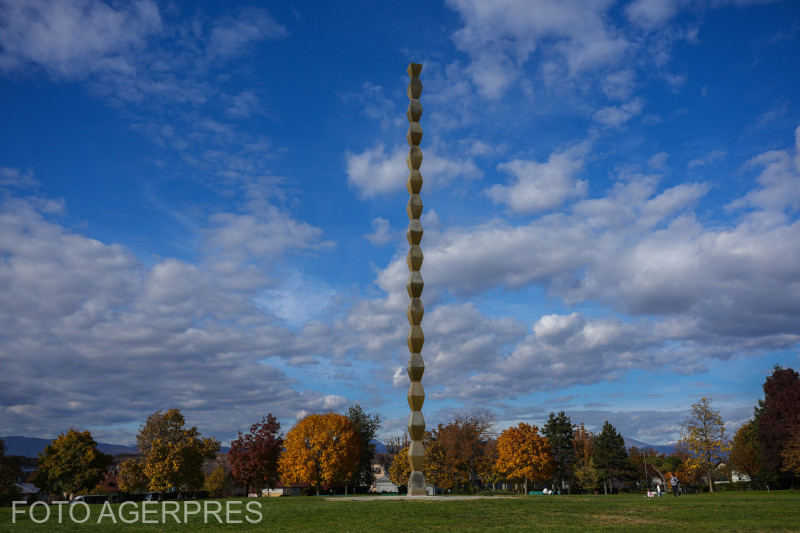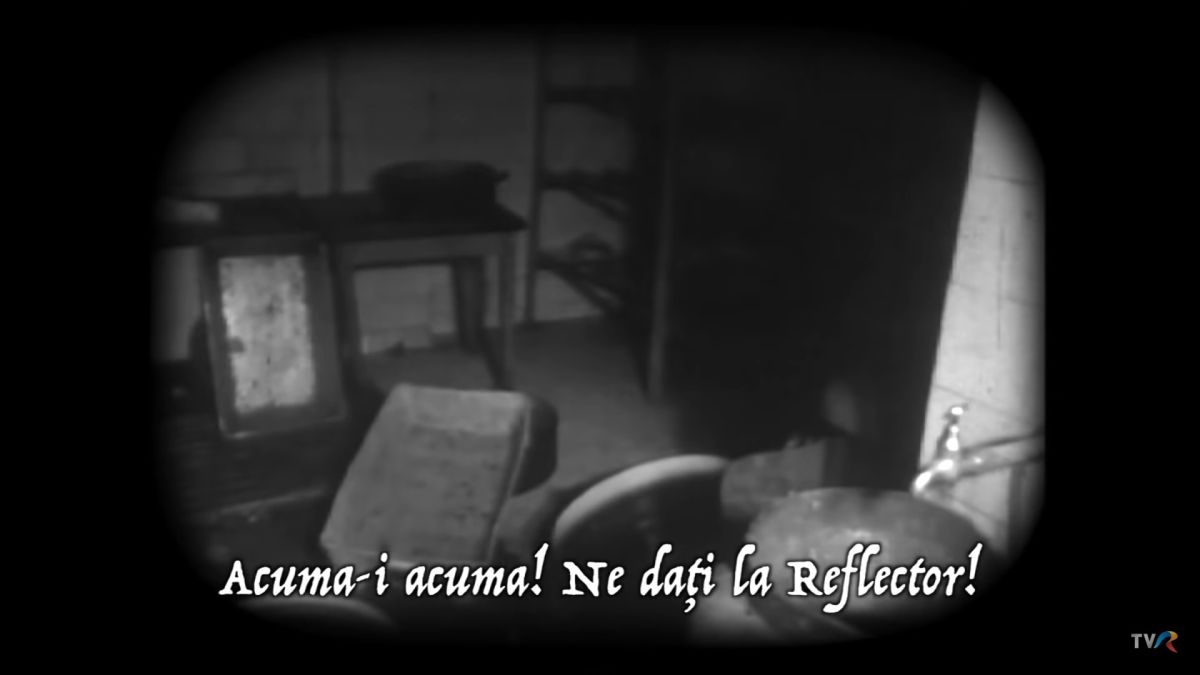The People’s Courts
Romania's first people's court was set up in 1945 to prosecute war crimes but would also be used as a political instrument.

Steliu Lambru, 04.04.2022, 14:00
In Romania, the
people’s courts
were first established in 1945 under Law
no. 312 and their
aim was to indict and punish
those responsible for the disastrous state of the country and war
crimes. Indeed, they carried out acts of justice in that many war
criminals were put on trial and convicted.
Two
such courts existed in Romania:
one in the capital Bucharest and another in Cluj, for the crimes
committed by Horthy’s regime in Northern Transylvania. Some 2,700
people accused of war crimes were investigated, of whom 668 received
various convictions. The People’s Court in Bucharest sentenced 187
people, while that in Cluj convicted 481. The most famous case tried
by the Bucharest People’s Court was that of Ion Antonescu, who led
the Romanian state between 1940 and 1944, alongside Mihai Antonescu,
Piky Vasiliu and Gheorghe Alexianu, all of whom were sentenced to
death on 17th
May 1946 and executed. 19 other defendants were convicted to
death in absentia, while the death sentences of three others were
commuted to life
sentence. The Antonescu regime was responsible for the deportation
and death of around 280,000 Jews and 25,000 Roma in the camps of
Transnistria. The People’s Court in Cluj issued 100 death
sentences, 163 life sentences and other long prison sentences. Those
who made it until 1964 would benefit from a pardon issued by the
authorities of the day.
The
practice of people’s courts also served an ideological purpose. The
communist regime had pledged to carry out acts of justice and was
using the circumstances of the war to also punish its adversaries.
Traditional acts of justice began to be
corrupted by forms of Soviet justice. This is referenced in 1999 by
the priest Constantin Hodoroagă in his account for Radio Romania’s
Oral History Centre of his support for anticommunist fighters in the
Argeș area. Hodoroagă observed that communist party groups used
forms of class justice to fight against the old order:
The
communists began to organise themselves in Topolog Valley and fight
against ordinary people and land owners. I remember a lawyer called
Petrescu who would travel from village to village and hold
some sort of people’s court. He summoned the people in Şuici,
where there used to be lots of land owners, and the likes of colonel
Canarie and the well-known Minculescu family, including professor
Minculescu, and put them all on trial in a kind of people’s court.
In
the artistic world, the people’s court was also a way of dealing
with personal grievances against adversaries in the early days of the
Soviet occupation. The writer Pan Vizirescu recounted in 1997 how the
artistic world itself had changed and how he himself narrowly escaped
a sham trial in front of a people’s court:
I
could see what was going on. Victor Eftimiu had taken over the
leadership of the Romanian Writers’ Union. He told everyone how he
had sat down to dinner with Soviet officers and how they were so
charming and had talked for a long time and everyone had been very
friendly. And then he asked writers, myself included, to write an
article explaining our stance during the war and hand it over in
person. I realised it was a trap and I didn’t go. But everyone else
who went found themselves in a people’s court.
The
people’s courts in Romania tried deeds incompatible with the idea
of human dignity. The mass murders committed during WWII against the
civilian population and ethnic groups meant these courts were
invested with full powers to pass judgement on those who committed
genocide.






























